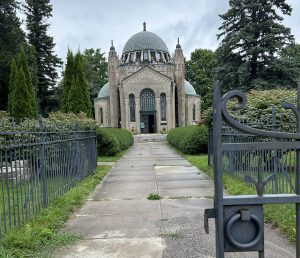
I think it was during the NHL hockey playoffs last spring that they first appeared. The PC television ads. They start with a peek inside somebody’s house, into his den. Then, we hear the voiceover of Ontario’s premier.
“Well, it’s the people,” Doug Ford says as he buttons his shirt and knots his tie. And he continues chatting on his cellphone, saying “Really busy, busy … for the people.” And he’s on his phone going out the front door, climbing into his car, going into businesses and on and on.
Did you ever stop to ask yourself who those people are he’s talking to? (more…)








